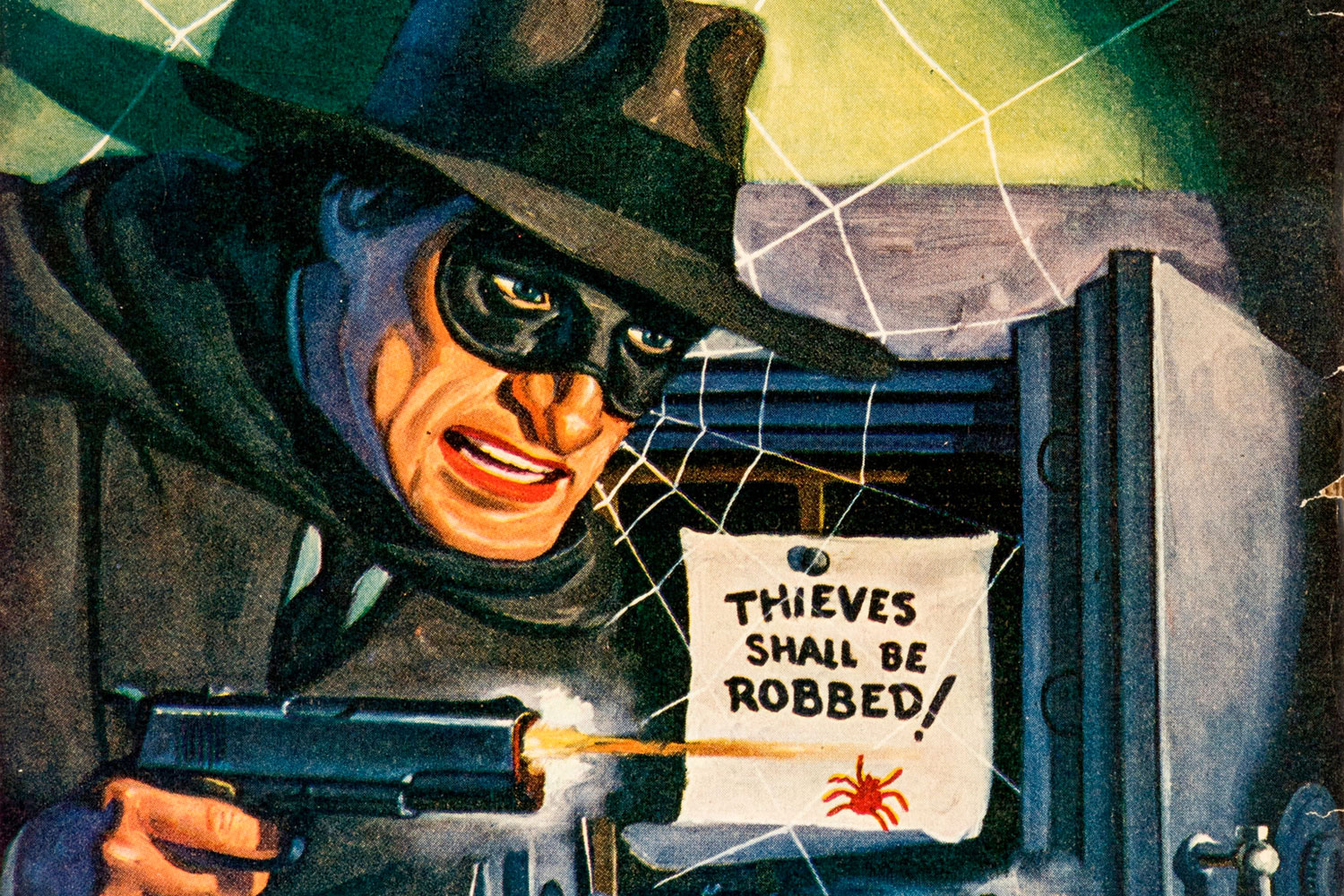Before we begin:
Few characters in the annals of pulp magazine history have been able to grab the imagination of readers in precisely the same way as The Spider has. The Spider was a dark vigilante who delivered his own sort of justice. Frequently seen with a.45 automatic in his hand and a cloak billowing in the night air, Harry Steeger, who worked for Popular Publications in 1933, was the man responsible for creating the character of The Spider. The alter persona of Richard Wentworth, known as The Spider, personified many of the fears and hopes that Americans experienced during the Great Depression. This article examines the history of this well-known figure, focusing on his place in the world of pulp magazines as well as his enduring influence on popular culture.
Initial Steps in the Process
When The Spider initially made his debut in the world of pulp magazines, other figures such as The Shadow and Doc Savage had already succeeded in catching the imagination of the general audience in the United States. The Spider was created to be a more sinister and intense adversary to these other heroes already in existence. Richard Wentworth and his vigilante alter identity had their first appearance in the magazine “The Spider.” The character was created by R.T.M. Scott, but he later passed the writing of the character on to Norvell W. Page, who is credited with giving Richard Wentworth and his alter ego its full depth.
The Intricacies of the Spider’s Realm
The socioeconomic problems of poverty, organized crime, and governmental corruption were frequently addressed in the tales involving The Spider, which were frequently told against the backdrop of urban anarchy and corruption. Richard Wentworth was a wealthy criminologist who converted into The Spider in order to combat the injustices and vices that traditional law enforcement was unable to deal with. Wentworth fought a mix of nefarious individuals, ranging from deranged scientists to nefarious gangsters, while accompanied by a supporting cast that included his fiancée Nita Van Sloan and his Sikh chauffeur Ram Singh.
The Art of Influence and Styling
The Spider was praised for its gloomier atmosphere, its graphic violence, and its intricate moral conundrums. Wentworth, in contrast to certain pulp heroes who were practically immortal, frequently endured pain, was hurt, and struggled with emotional conundrums. Norvell W. Page, the character’s primary writer, gave the protagonist an unusually deep level of psychological complication for the pulp literature that was popular during that era.
The Spider Faces Off Against Comics
Not only were the 1930s and 1940s the best age for pulp characters, but they were also the golden age for superheroes in comic books. Later comic book characters, such as Batman, who shared a similar aura of urban degradation, complicated morals, and vigilantism were clearly influenced by The Spider. It’s interesting to note that each of these characters had secret identities in which they were rich socialites with a talent for sleuthing.
Adaptations Made in Later Times and Their Legacy
Even after pulp magazines went out of business, The Spider continued to exert its considerable effect. He moved on to work in other forms of media, such as movies and radio shows. Even if the authenticity of these adaptations to the original source material ranged widely, they were still crucial in establishing The Spider’s place in popular culture. Recent years have seen a resurgence of the character in new series of pulp magazines and comic books, which is evidence of his ongoing popularity.
The final word
The Spider was a character that was born out of the complexities and uncertainties of his era, and he was able to encapsulate both the gloom and the promise that marked America during the time of the Great Depression. His writings were not only filled with action, but also with emotional and ethical conundrums, which established a new benchmark for character development in the genre of pulp fiction. Even if pulp magazines are becoming a thing of the past, the web of The Spider’s impact continues to reach over various sectors of popular culture. This includes comic comics as well as contemporary interpretations of the role of the vigilante hero.
